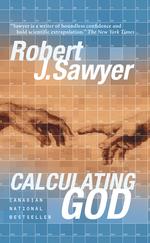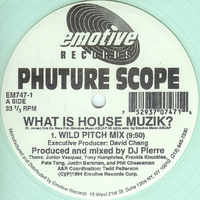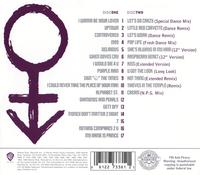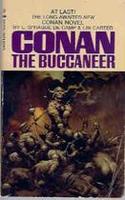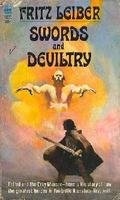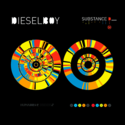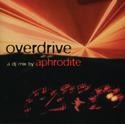Continuing the revisit my youth reading trend, Conan of Cimmeria is the fourth book I’ve completed this year. This one was sort of interesting. A collection of short stories, Conan of Cimmeria really demonstrates the gap between Robert E. Howard’s tales and the work of L. Sprague De Camp and Lin Carter. Those latter two are better writers and more widely published than I’ll ever be, but man their contributions were crap. While I wouldn’t call Howard’s stories great, I was actually surprised at his attempts to be evocative and lyrical in his writing.
Take for example, the opening paragraph of The Frost Giant’s Daughter:
The clangor of the swords had died away, the shouting of the slaughter was hushed; silence lay on the red-stained snow. The bleak pale sun that glittered so blindingly from the ice-fields and the snow-covered plains struck sheens of silver from rent corselet and broken blade, where the dead lay as they had fallen. The nerveless hand yet gripped the broken hilt; helmeted heads back-drawn in the death-throes, tilted red beards and golden beards grimly upward, as if in last invocation to Ymir the frost-giant, god of a warrior-race.
In comparison, De Camp and Carter’s stories tend to be mealy mouthed, formulaic, and bland. As an example, just compare Howard’s treatment of Belit in The Queen of the Black Coast, versus De Camp and Carter’s Tananda in The Snout in the Dark. Belit is a vibrant exciting female character. Howard makes her passion and vitality come through. You actually feel it a little when you find out her tragic fate. Meanwhile, Tananda is a cookie cutter tyrannical queen, conveniently tossed aside at the end of the tale to clean up some plot threads. Granted, she’s not meant to be heroic like Belit, but still she could have been an interesting character. However, it felt like the authors were in a hurry to get through the plot and so had to make short work of her.
Besides, Howard’s evil monsters just seem way more eviler than De Camp and Carter’s.
So thanks to The Frost Giant’s Daughter and The Queen of the Black Coast this was a much more worthwhile read than Conan the Buccaneer. Again, it’s not top of the line writing, even constraining to genre fiction, but it was entertaining and I didn’t feel stupider when I was done.
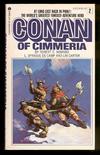


 I only have one word for this past weekend in
I only have one word for this past weekend in  Meanwhile, the gritty Terps hung around, hung around, and hung around some more, until the depleted Michigan State Spartans started running out of gas. I give Maryland, in general, and Greivis Vasquez, in particular, a lot of credit for coming back to take the lead (twice) in the final seconds. Sparty just made one more big, brutal, heartbreaking shot.
Meanwhile, the gritty Terps hung around, hung around, and hung around some more, until the depleted Michigan State Spartans started running out of gas. I give Maryland, in general, and Greivis Vasquez, in particular, a lot of credit for coming back to take the lead (twice) in the final seconds. Sparty just made one more big, brutal, heartbreaking shot.



 Still everyone at least made the tourney. Had to sweat Cal for a bit. Man were the
Still everyone at least made the tourney. Had to sweat Cal for a bit. Man were the 